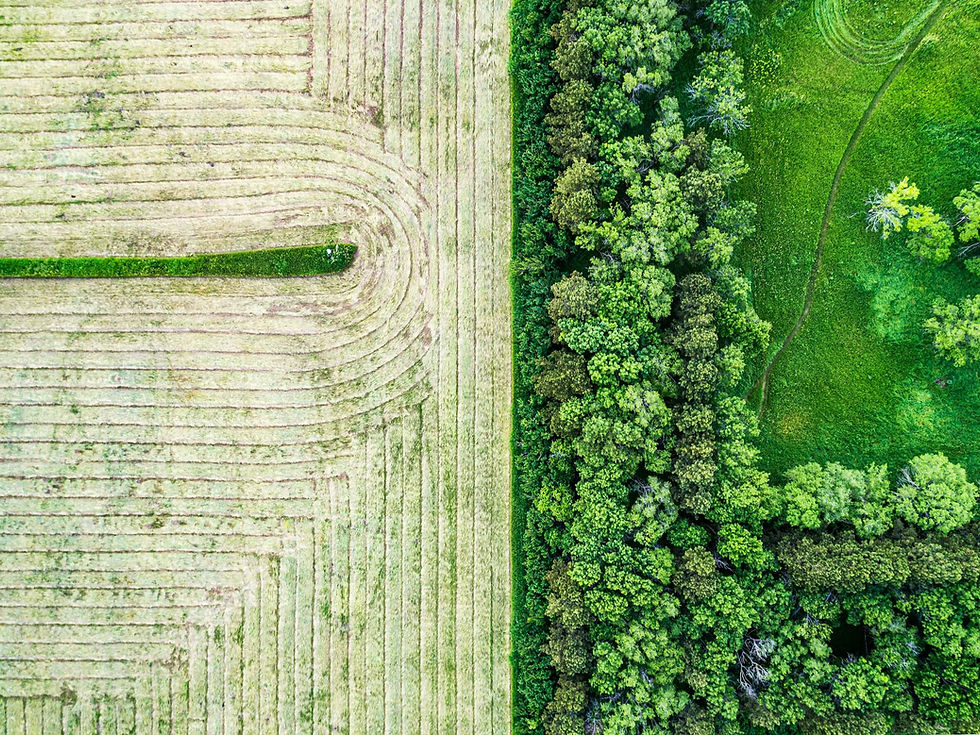Regenerative Agriculture: The Future of Farming and Climate Resilience
- sharoneperlsteinso
- Jul 23
- 1 min read

Industrial agriculture has delivered short-term productivity but left behind degraded soils, fragile ecosystems, and growing climate risks.
Regenerative agriculture flips this equation—it doesn't just limit harm, it actively restores the land.
At its core, regenerative farming rebuilds soil health.
Practices like cover cropping, no-till systems, and compost application increase soil organic matter, lock carbon into the ground, and enhance biodiversity.
These methods also reduce reliance on synthetic fertilizers and improve water retention—critical as droughts and floods become more frequent.
There's a clear financial upside too. Healthier soils mean more resilient yields and lower input costs for farmers.
Global players like Nestlé and General Mills are investing in regenerative supply chains because they see the link between soil health, supply stability, and long-term profitability.
For investors and policymakers, regenerative agriculture is one of the most scalable nature-based solutions to climate change.
It captures carbon, strengthens food security, and aligns with ESG priorities. The future of farming—and climate resilience—will be regenerative.



Kommentare